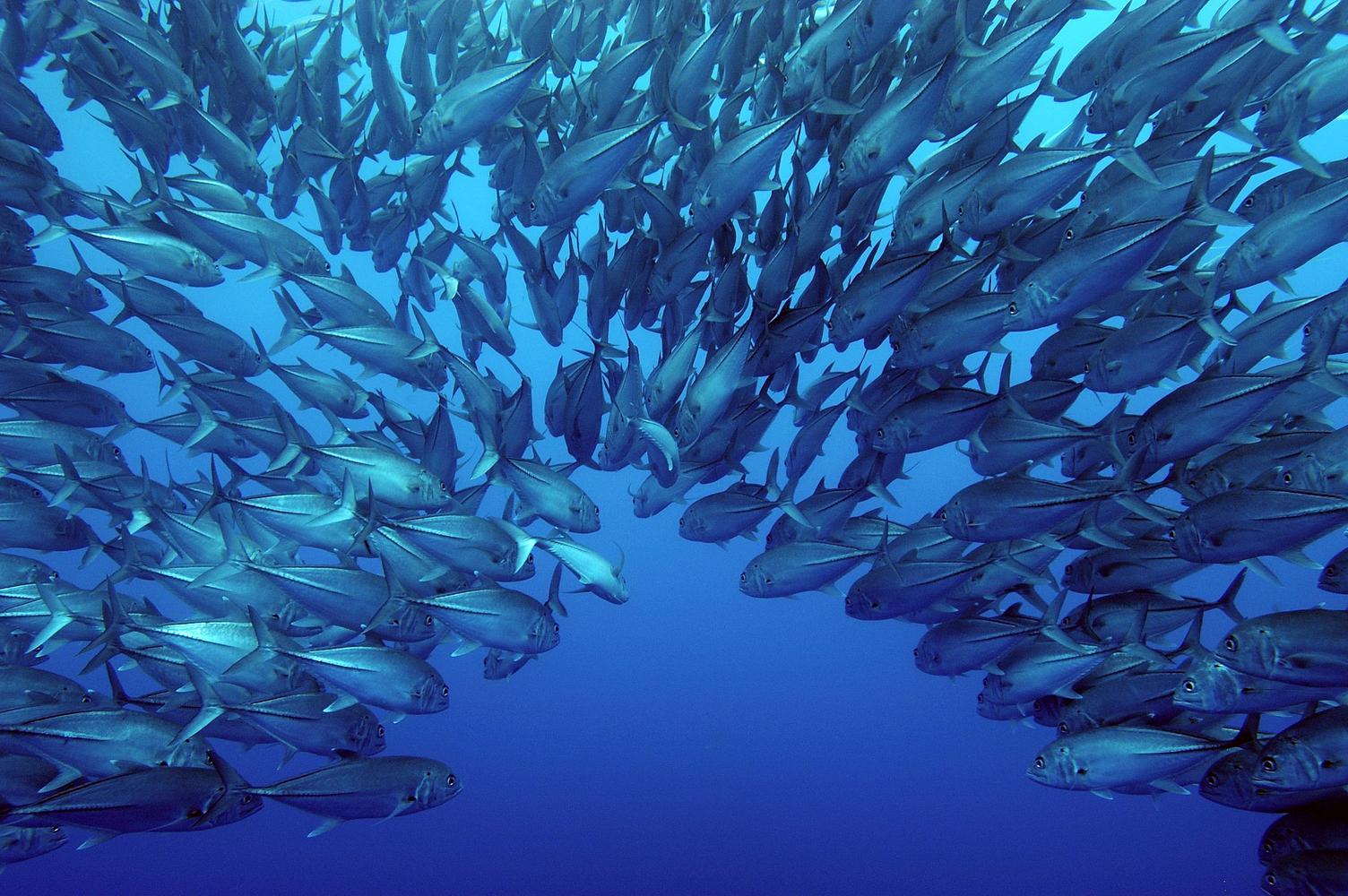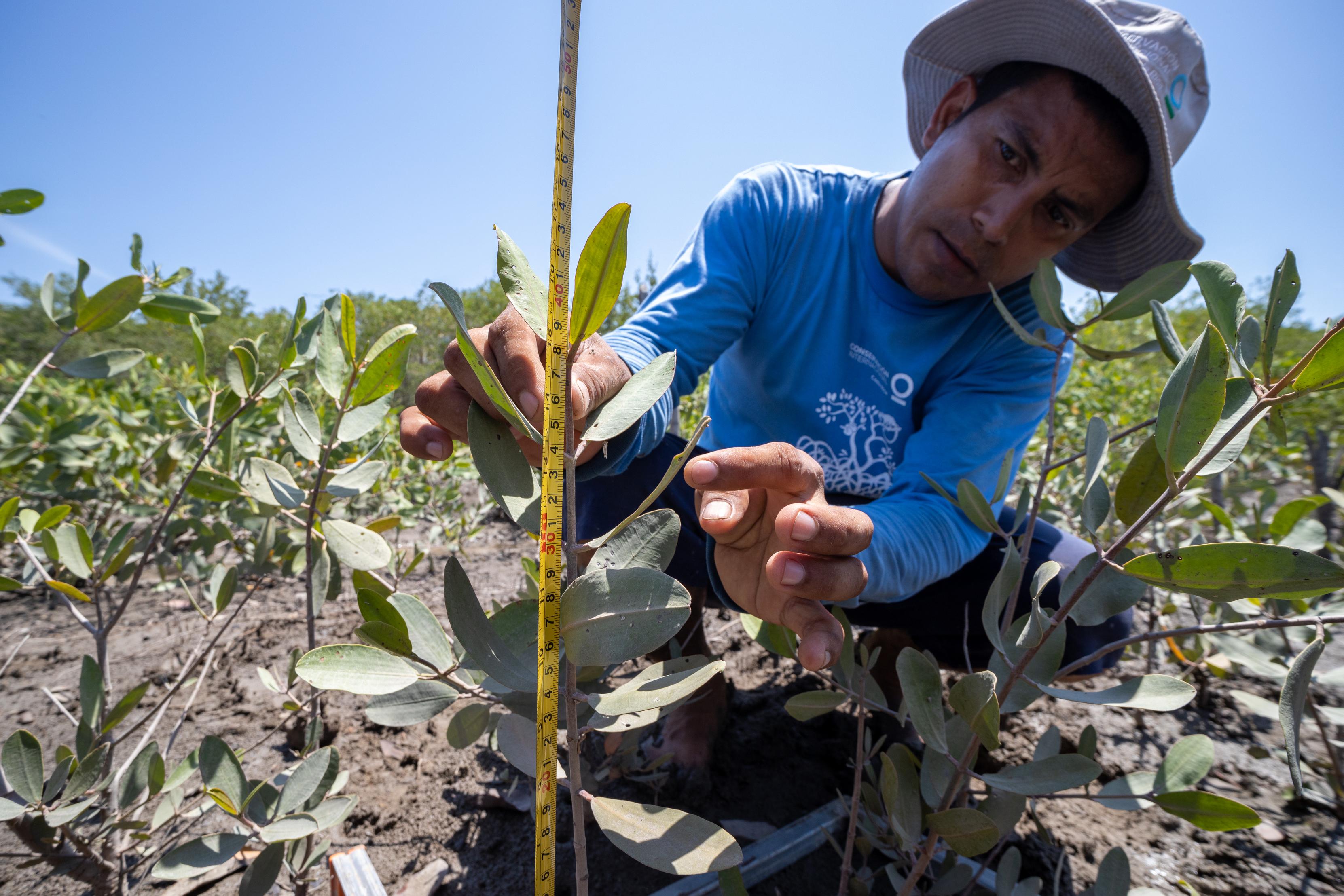
Protecting nature — and the services it provides — for the benefit of local communities
For over 35 years, Conservation International-Costa Rica has leveraged the power of science, innovative policy and community partnerships to conserve nature for the benefit of all Costa Ricans.
We are scaling-up ocean conservation by working with partners, government agencies and local communities to strengthen marine conservation and ensure the sustainable management of coastal and marine resources. Our efforts support the conservation of key marine and coastal ecosystems at both national and regional levels.
Conservation International-Costa Rica supports the conservation of migratory marine megafauna and the effective management of marine protected areas within the Eastern Tropical Pacific Seascape. We also promote participatory and science-based marine spatial planning processes to balance conservation and sustainable development.
We work with small-scale fisheries to improve their practices and reduce overfishing by implementing a social, environmental and economic approach to sustainability, balancing ocean protection with improved livelihoods. Additionally, we have developed an aquaculture improvement model in partnership with coastal communities to promote best practices and long-term sustainability.
We advocate for the restoration, sustainable use and protection of mangrove ecosystems — saltwater forests that shield against storm surges and help mitigate climate change. Our efforts have revitalized mangrove forests of Chira Island and across the Puntarenas Estuary and Níspero Wetlands, marking the largest mangrove restoration project in the country.
And through our “surf ecosystems” model, we are helping coastal communities implement sustainable tourism programs that uplift livelihoods and encourage protection of high-carbon, high-biodiversity natural areas.
1988
YEAR FOUNDED
5%
OF TERRESTRIAL SPECIES
and 3.5% of marine species in the world are found in Costa Rica1
25.5%
OF TERRESTRIAL TERRITORY
and 30% of marine territory in Costa Rica is protected2
85
MARINE SPECIES
are endemic to Costa Rica3
For Conservation International-Costa Rica, conservation is about having a balance of protection and sustainable use of nature. This is our path to ensure livelihoods are improved, communities are more resilient, and our ocean, forests and biodiversity are healthier.”
Areas we work

Improving livelihoods and protecting marine ecosystems
Conservation International-Costa Rica is a leading member of the IKI: TRANSFORMA-INNOVA program, which aims to support Costa Rica’s decarbonization by 2050 through contributions to the agricultural sector, the creation of sustainable blue value chains, and the conservation of coastal and marine ecosystems.
With a participatory, science-driven approach, we are developing marine spatial planning tools that will strengthen conservation efforts and the governance of key marine ecosystems. We are also driving the transition to blue value chains in small-scale fisheries and aquaculture, fostering local economic growth while safeguarding marine biodiversity. Additionally, we support the restoration, effective management and conservation of mangrove ecosystems, which are crucial for climate change mitigation and help support resilient coastal communities.
The TRANSFORMA-INNOVA program is implemented in partnership with GIZ, CATIE, UNDP, CRUSA Foundation and FUNBAM, and in direct coordination with the Ministry of Environment and Energy, National Conservation Areas System, Ministry of Agriculture and Cattle, and the National Fisheries and Aquaculture Institute.
References
- Bermúdez-Rojas, T. & Obando, V. (2021). Biodiversidad en cifras: avances en el conocimiento de especies en Costa Rica. Biocenosis, 32(1), 51-58. DOI: 10.22458/rb.v32i2.3899
- Sistema Nacional de Áreas de Conservación (SINAC). (2023). Áreas Silvestres Protegidas [Mapa]. https://www.sinac.go.cr/ES/asp/Paginas/default.aspx
- The IUCN Red List of Threatened Species. (2024). Table 8a: Total, threatened, and EX & EW endemic species in each country [Fact sheet]. https://www.iucnredlist.org/resources/summary-statistics#Summary%20Tables